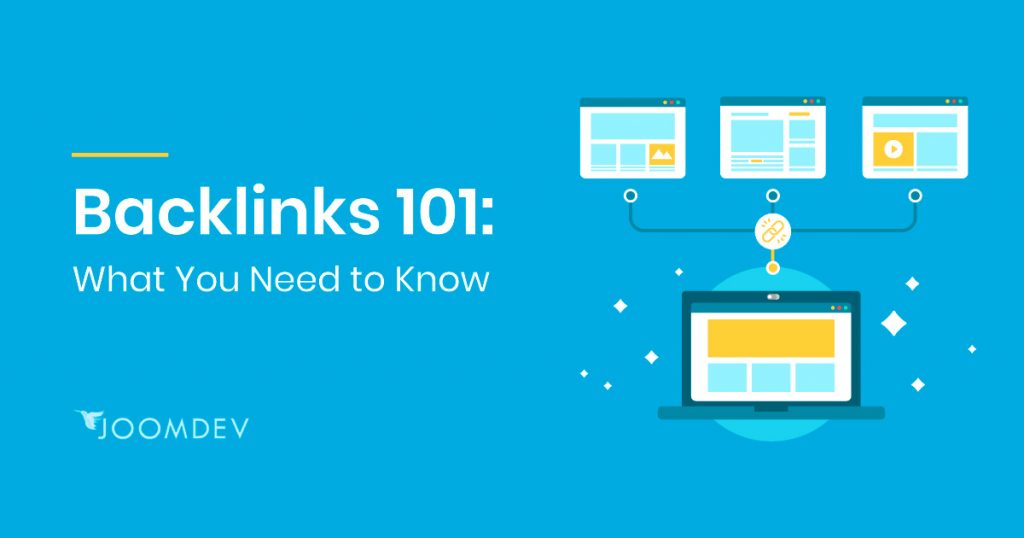When you take the time to look around the Internet today, you’ll undoubtedly find that there are thousands of other websites that have long been established before you have been. To stay above the competition, it’s therefore very important to ensure you come up with the right facets to your website design, for it to be in compliance with SEO (Search Engine Optimization) algorithms.
Given that technology is fast-paced with changes and improvements, the metrics set forth by search engines that you’ve got to comply with are also consistently changing. It’s important to stay in the loop with these changes, such that your website can also keep up with the competition. If not, then you’ll lose ranking opportunities and you won’t be able to abide by the metrics set forth by proper and changing SEO algorithms.
For starters, SEO refers to the metrics that are in place to help your website rank high and well on search engine ranks. Whenever there are changes, you have to keep up with them or abide by them. Otherwise, your website will be considered ineffective. SEO is also the key factor that contributes to a better user experience (UX), which is vital for driving more users to your website.
With that said, here are insightful tips on how you can improve your website, so as to keep up with the changing SEO algorithms:
Your Website Can Keep Up With Changing SEO Algorithms
Analyze Your Website Data

Your website is going to have data that’ll end up being useful when analyzing patterns. One data as it is may not be that informative. But, when you take it as a whole, there are certain patterns that’ll come out of the data sets that can give you insights into the overall performance of your website.
Fortunately, there are now many ways you can do in going through your analytics and study the data that you have. These data reports should include anything from user behavior, bounce rates, and other key metrics.
These sources can tell you a lot about what you need to do to improve your website performance. It ensures that the right changes can be made, if and when needed, so your website can do better.
With that in mind, here are key tips on how you can effectively analyze your website data:
Study the metrics from visitors coming in from various devices
Not all of your website visitors are coming from just one kind of device. There are those that are coming from mobile devices, while others are coming from desktop devices. When you study the metrics based on the different websites your visitors are getting, then you know, for instance, where to focus on, for a certain time being, so that all of your efforts are leaning toward what your visitors like.
Track your campaigns
Another aspect of analyzing your website data involves tracking your campaigns. You have to learn how to optimize this process so you can save time that would’ve otherwise been intended for good website optimization.
Set up your goals and goal values
These are almost always required, as one of the key features for web analytics. If you don’t set these up, then, unfortunately, you’re not maximizing what the analytics can do for you.
There are many good reasons for you to set up your goals and your goal values, and some of these include:
- You can develop a strategy for your website that centers around all of the goals you intend on achieving
- Your potential for website optimization is greater
- You can report on, and analyze different metrics across various departments
Publish Relevant Content

You can only have a good working website if the content is strong and relevant. No matter how well-made your website is, if the content is poor, then you still wouldn’t be able to bring visitors to your site. There’s no substitute for great content, as this is still what gives search engine crawlers something to go through.
What may be ‘relevant’ content can change from time to time, depending on the standards that search engines have set. So, it’s important to fine-tune your content skills, so you can keep it attuned with the developments and changes search engines consider as relevant.
Here are some important factors you’ve got to abide by, to keep your content relevant:
- Keywords: Your website has to contain all the right keywords for each content type, else search engine crawlers won’t have anything to skim or go through after a search is made.
- Constant updates: If you’ve got old or aging content you know you can improve on, it doesn’t hurt to give your content constant updates. This means going through those old ones and finding ways you can tweak them to make them more relevant to your readers today. Recycling or updating content from the past can ensure that your website is able to keep up with the latest SEO algorithm, such that the entirety of your website is now kept fresh and up-to-date.
- Quality: When it comes to your content, remember that quality still tops quantity. It’s useless to have a lot of content published on your site if all of these are of mediocre quality. The more you focus on good quality, the better the chances of improving your overall website ranking.
A good way to ensure you come up with good quality content all the time is to review every single content you come up with, before publishing it. This means removing spelling and grammar errors among other things.
Conduct Keyword Research
Your website’s keywords comprise a bulk of your site’s content. Hence its rightful place to have a dedicated section for performing keyword research. Given its importance, it’s not just enough to put keywords at random. You’ve got to ensure all of your keywords are strategic enough, which means good quality search words, among other factors.
Doing a thorough keyword search can ensure that all of the keywords you place and use are high-performing ones.
To help you out, here are some tips that’ll come in useful:
- Identify your core content topics: These refer to the topics that give your content an identity. This means that those contents are responsible for giving your website that edge against other competitors within your niche.
- Break your content into different sub-topics: When you break down your topics into smaller sub-topics, you’ll have supporting terms that’ll make it easier for you to come up with the right keywords.
- Test type your chosen keywords on search engines: Before you even incorporate certain keywords to encompass your content, take the time to test type these chosen keywords on your search engines. By doing so, you’ve got a means to test whether or not your chosen keywords will, in fact, do well.
Choose The Right URL
Your website won’t be seen if it doesn’t have a name or an address. This is what’s referred to as your URL (Uniform Resource Locator), or domain name. Before you set your website out to go live, it’s important that you’ve already given it a strong domain name. Being that it’s one of the very first things others will see when they visit your site, the domain name has to be nothing less than striking and effective.
If your website is for the purpose of e-commerce, it’s important for your website URL to have your business name. Other important metrics you need to pay attention to when it comes to your website URL are the following:
- Use keywords, when you’re in the process of searching for the right domain names
- Keep it short, but also descriptive of your website’s niche and content
- Keep your website domain easy to spell and pronounce, for better memory recall by Internet users
Incorporate Alt Tags
Alt tags are alternative text descriptions. This refers to the HTML (HyperText Markup Language) attribute, usually only about 100 words or characters. It is assigned to your website’s photos as a description of what those images are about.
The main purpose of having alt tags is to make it easy for search engines to locate your page, which is important for SEO. Without your alt tags, Internet users who are browsing through a slow connection or from a text-only browser will experience difficulty in browsing your website.
To help you out, here are some of the best practices you can do when it comes to putting in alt tags:
- Be specific: Given that the purpose of these alt tags is to describe the image. If the alt tag isn’t specific, then it’s also not descriptive.
- Go directly to the point: Remember that you only have an average limit of 100 characters for your alt tags, so you’ve got to be very brief but also concise.
- Optimize with keywords: This means putting in the right keywords as part of your alt tags.
Conclusion
With the tips above, are you now ready to ensure your website is nothing short of outstanding all the time? Especially when you’re putting out a website for your e-commerce business, it’s all the more pressing for you to ensure the highest standards of quality are met.
When SEO algorithms are constantly changing, it’s important that you’re able to keep up with that change. Otherwise, the website you have will end up useless–given that it won’t stay competitive or stand out from all of the other websites within your niche.







